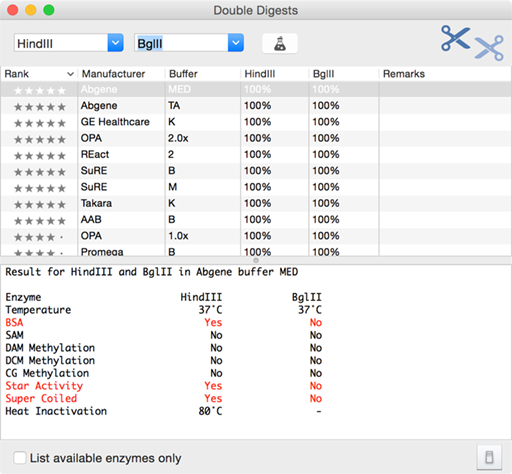
However, the use of insoluble substrates to induce enzyme secretion is not ideal for industrial processes. The best inducers of plant cell wall-degrading enzyme expression by filamentous fungi are insoluble substrates that include cellulose, hemicellulose, or mixtures of plant polymers. Regulating enzyme synthesis is crucial for the economics of biofuel production from lignocellulose. Thus, the ability to induce cellulase gene expression using a common and soluble carbon source simplifies enzyme production and characterization, which could be applied to other cellulolytic filamentous fungi. Furthermore, the inclusion of a deletion of the catabolite repressor gene, cre-1, in the triple β-glucosidase mutant resulted in a strain that produces higher concentrations of secreted active cellulases on cellobiose.

These data indicate that cellobiose, or a modified version of cellobiose, functions as an inducer of lignocellulolytic gene expression in N.

crassa mutant carrying deletions of two genes encoding extracellular β-glucosidase enzymes and one intracellular β-glucosidase lacks β-glucosidase activity, but efficiently induces cellulase gene expression in the presence of cellobiose, cellotriose, or cellotetraose as a sole carbon source. crassa and other filamentous fungi sense the presence of cellulose in the environment remains unclear. crassa dramatically upregulates expression and secretion of a wide variety of genes encoding lignocellulolytic enzymes. When switched from a favored carbon source such as sucrose to cellulose, N. Neurospora crassa colonizes burnt grasslands in the wild and metabolizes both cellulose and hemicellulose from plant cell walls.


 0 kommentar(er)
0 kommentar(er)
